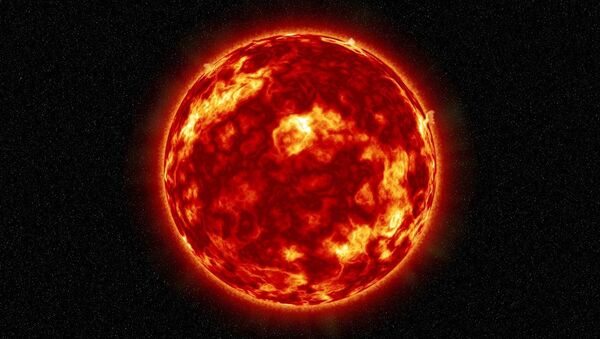Using NASA's Fermi Gamma-ray Space Telescope, in combination with its Solar Terrestrial Relations Observatory (STEREO), an international team of scientists has been able to link gamma-ray emissions with behind-the-limb eruptions.
In each case, billion-ton clouds of plasma from the Sun were thrown out into space. Scientists believe that some of the charged particles remained attached to the magnetic-field lines running across the solar surface, traveling to the Sun's visible side before slamming back into the surface and releasing powerful gamma-rays.
Co-author of the study Nicola Omodei, a researcher at Stanford University in California, presented the findings on January 30 at an American Physical Society meeting in Washington DC.
"Fermi is seeing gamma-rays from the side of the sun we're facing, but the emission is produced by streams of particles blasted out of solar flares on the far side of the Sun," the scientist said in a statement.
"These particles must travel some 300,000 miles [500,000 km] within about 5 minutes of the eruption to produce this light," she suggested.
"Observations by Fermi's LAT continue to have a significant impact on the solar physics community in their own right, but the addition of STEREO observations provides extremely valuable information of how they mesh with the big picture of solar activity," the researcher said.




